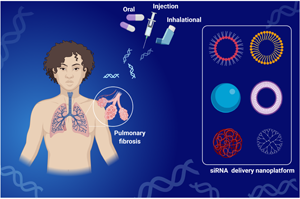Published online by Cambridge University Press: 15 December 2021

Biomacromolecules have gained much attention as biomedicine carriers in recent years due to their remarkable biophysical and biochemical properties including sustainability, non-toxicity, biocompatibility, biodegradability, long systemic circulation time and ability to target. Recent developments in a variety of biological functions of biomacromolecules and progress in the study of biological drug carriers suggest that these carriers may have advantages over carriers of synthetic materials in terms of half-life, durability, protection and manufacturing facility. Despite the full pledge advancements in the applications of biomacromolecules, its clinical use is hindered by certain factors that allow the pre-mature release of loaded cargos before reaching the target site. The delivery therapeutics are degraded by systemic nucleases, cleared by reticulo-endothelial system, cleared by pulmonary mucus cilia or engulfed by lysosome during cellular uptake that has led to the failure of clinical therapy. It clearly indicates that there is a wide range of gaps in the results of experimental work and clinical applications of biomacromolecules. This review focuses mainly on the barriers (intracellular/extracellular) and hurdles to the delivery of biomacromolecules with special emphasis on siRNA as well as the delivery of antisense oligos in multiple pulmonary diseases, particularly focusing on lung cancer. Also, the challenges posed to such delivery and possible solutions have been highlighted.